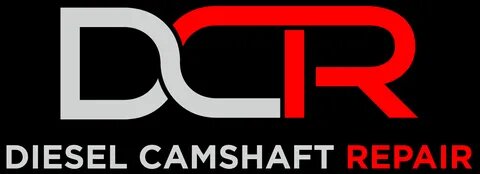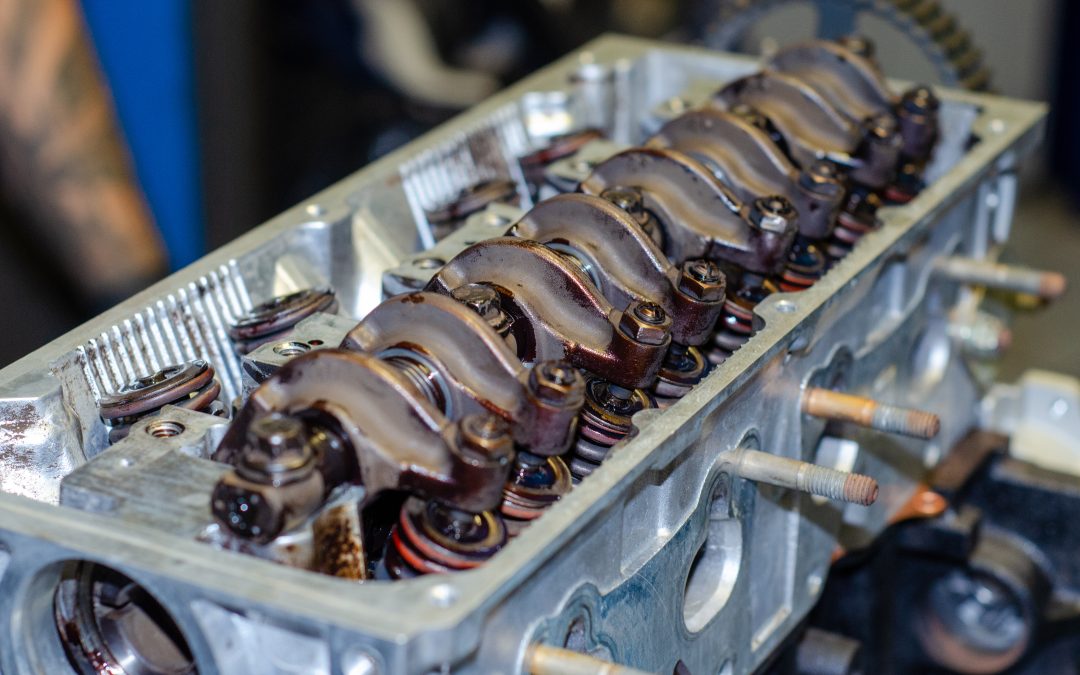The Role of Crankshaft Sensors in DD15 Engine Performance
In the world of modern diesel engines, like the DD15 from Detroit Diesel, sensors play a crucial role in ensuring optimal performance, efficiency, and longevity. Among these, the crankshaft sensor is one of the most vital components. This blog will explore how crankshaft sensors work in DD15 engines, their role in monitoring engine health, and how to troubleshoot common sensor-related issues. By understanding these aspects, truck owners and operators can better maintain their engines, prevent costly repairs, and keep their trucks running smoothly.
1. What is a Crankshaft Sensor?
A crankshaft sensor, also known as a crankshaft position sensor (CPS), is an electronic device that monitors the position and rotational speed of the crankshaft. The crankshaft is a key component of an engine, converting the up-and-down motion of the pistons into rotational energy that drives the wheels. The crankshaft sensor provides real-time data to the engine control unit (ECU), allowing it to regulate various engine functions precisely.
2. How Does a Crankshaft Sensor Work?
In the DD15 engine, the crankshaft sensor is typically mounted near the crankshaft pulley or flywheel, where it can accurately detect the crankshaft’s rotation. It works by sensing the magnetic field changes caused by the movement of the crankshaft. Here’s a simplified explanation of how it operates:
Magnetic Detection:
The crankshaft has a toothed wheel attached to it, known as a reluctor ring. As the crankshaft rotates, these teeth pass by the sensor, which detects the changes in the magnetic field. Each passing tooth generates a signal, creating a series of electrical pulses.
Signal Generation:
These pulses are sent to the ECU. The frequency and timing of these pulses indicate the crankshaft’s position and speed. For instance, the time between pulses can tell the ECU how fast the crankshaft is rotating, while the specific pulse pattern can indicate its exact position.
ECU Interpretation:
The ECU uses the information from the crankshaft sensor to make critical decisions about fuel injection timing, ignition timing, and other engine functions. This ensures the engine runs smoothly, efficiently, and safely.
3. Role of Crankshaft Sensors in Monitoring Engine Health
The crankshaft sensor is a critical component in the DD15 engine, contributing to several aspects of engine performance and health monitoring:
Timing Control:
The primary role of the crankshaft sensor is to help the ECU manage the engine’s timing. Accurate timing ensures that fuel is injected and ignited at the right moment, optimizing combustion efficiency. This results in better fuel economy, reduced emissions, and maximum power output.
Engine Starting:
When you turn the key to start your DD15 engine, the crankshaft sensor sends signals to the ECU, indicating the crankshaft’s position. The ECU uses this information to know when to initiate the spark and inject fuel, ensuring a smooth start.
Misfire Detection:
The crankshaft sensor can detect irregularities in the engine’s rotation, such as those caused by misfires. If the sensor picks up that one of the cylinders isn’t firing correctly, it sends a signal to the ECU, which can adjust the engine parameters to compensate and alert the driver to a potential problem.
Diagnostics:
Modern DD15 engines are equipped with onboard diagnostics that rely on sensor data. If the crankshaft sensor detects unusual behavior, it can trigger a diagnostic trouble code (DTC). This code can be read using a diagnostic tool, helping mechanics pinpoint issues quickly.
4. Common Issues with Crankshaft Sensors
While crankshaft sensors are designed to be robust and reliable, they can sometimes encounter problems. Here are some common issues and their symptoms:
Sensor Malfunction:
Over time, the crankshaft sensor can wear out or fail. This might be due to heat, vibration, or exposure to oil and dirt. Symptoms of a faulty sensor include difficulty starting the engine, stalling, erratic idling, or a check engine light.
Wiring Problems:
The sensor’s wiring can become damaged or corroded, leading to poor connectivity. This can result in intermittent signals being sent to the ECU, causing the engine to run irregularly or not start at all.
Reluctor Ring Damage:
If the reluctor ring is damaged or becomes misaligned, the crankshaft sensor may not read the position accurately. This can cause the engine to misfire, run rough, or not start.
Debris Buildup:
The sensor’s magnetic field can attract metal shavings and debris, especially in an older engine. This buildup can interfere with the sensor’s ability to detect the reluctor ring accurately, leading to performance issues.
5. Troubleshooting Crankshaft Sensor Issues
Addressing crankshaft sensor issues in a DD15 engine involves a systematic approach to diagnose and resolve problems effectively. Here’s a step-by-step guide:
Check for Diagnostic Trouble Codes (DTCs):
If the check engine light is on, connect a diagnostic tool to the vehicle’s onboard diagnostic port. Look for codes related to the crankshaft sensor (commonly P0335 or similar). These codes can provide clues about what might be wrong.
Visual Inspection:
Start with a visual inspection of the crankshaft sensor and its wiring. Look for any visible damage, such as cracks in the sensor, loose connectors, or frayed wires. Also, check for debris or oil buildup on the sensor, which could affect its performance.
Testing the Sensor:
Using a multimeter, you can check the sensor’s electrical resistance. Refer to the DD15 service manual for the specific resistance range for the crankshaft sensor. If the reading is outside the specified range, the sensor may be faulty and should be replaced.
Inspect the Reluctor Ring:
If possible, inspect the reluctor ring for any signs of damage or misalignment. This might involve removing certain engine components for access. Look for missing or damaged teeth, as these can cause inaccurate readings.
Check the ECU:
If the sensor and reluctor ring appear to be in good condition, the issue might lie with the ECU or its connection to the sensor. Ensure that the ECU connectors are secure and free from corrosion.
Replace the Sensor if Necessary:
If troubleshooting points to a faulty sensor, replace it with a high-quality part that meets the specifications of the DD15 engine. After replacement, clear any DTCs and take the vehicle for a test drive to ensure the issue is resolved.
6. Maintaining Crankshaft Sensors for Optimal Performance
To keep the crankshaft sensor functioning optimally and extend its lifespan, regular maintenance is key:
Regular Inspections:
Include the crankshaft sensor and its wiring in routine engine inspections. Look for signs of wear, damage, or dirt buildup.
Keep It Clean:
Periodically clean the area around the crankshaft sensor to prevent debris buildup. Be gentle to avoid damaging the sensor or its wiring.
Monitor Engine Performance:
Be aware of changes in engine behavior, such as rough idling, difficulty starting, or unusual noises. These can be early indicators of sensor-related issues.
Use Quality Parts:
When replacing the crankshaft sensor, use OEM (original equipment manufacturer) parts to ensure compatibility and reliability.
Conclusion
Crankshaft sensors play a crucial role in the performance and health of DD15 engines. By providing accurate real-time data to the ECU, these sensors help optimize engine timing, improve fuel efficiency, and monitor for potential issues. Understanding how these sensors work and knowing how to troubleshoot common problems can help truck owners and operators keep their engines running smoothly and efficiently. With regular maintenance and timely intervention, crankshaft sensors can significantly contribute to the longevity and reliability of DD15 engines, ensuring they remain a powerhouse on the road.

